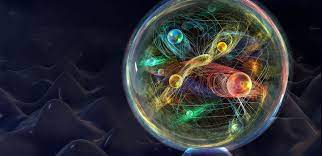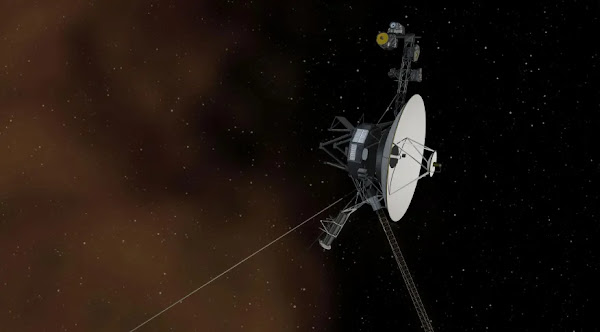Destaques
- Gerar link
- X
- Outros aplicativos
Solar System
During this process, the young sun also went through a phase known as the T-Tauri phase, where it was still actively accreting material from the protoplanetary disk. The sun's gravity also caused the protoplanetary disk to gradually dissipate, leaving behind the planets and smaller objects like asteroids and comets. After the formation of the planets, they continued to evolve and change over time. For example, the inner rocky planets, such as Earth, went through intense bombardment by leftover planetesimals, which created craters and scarred the surface. The outer gas giant planets, such as Jupiter and Saturn, also continued to evolve, with processes such as the formation of their rings and moons. The solar system also has a diverse population of small bodies, such as comets and asteroids, which are thought to be leftover debris from the formation of the solar system. These objects can provide valuable information about the conditions and processes that occurred during the formation of the solar system.
In summary, the evolution of the solar system is the story of how the sun and its planets formed and developed over time. The process began around 4.6 billion years ago with the collapse of a cloud of gas and dust known as the solar nebula, which led to the formation of the sun and the creation of a spinning disk of material around it. Over the next few million years, this disk gave birth to the planets, which continued to evolve and change over time. The study of the solar system's evolution is important as it helps us to understand how our own planetary system came to be, and how it continues to change over time.
- Gerar link
- X
- Outros aplicativos
Postagens mais visitadas
The Higgs Boson: Unveiling the Particle that Shaped the Universe
- Gerar link
- X
- Outros aplicativos
The Voyagers: Humanity's Enduring Messengers in Deep Space
- Gerar link
- X
- Outros aplicativos


